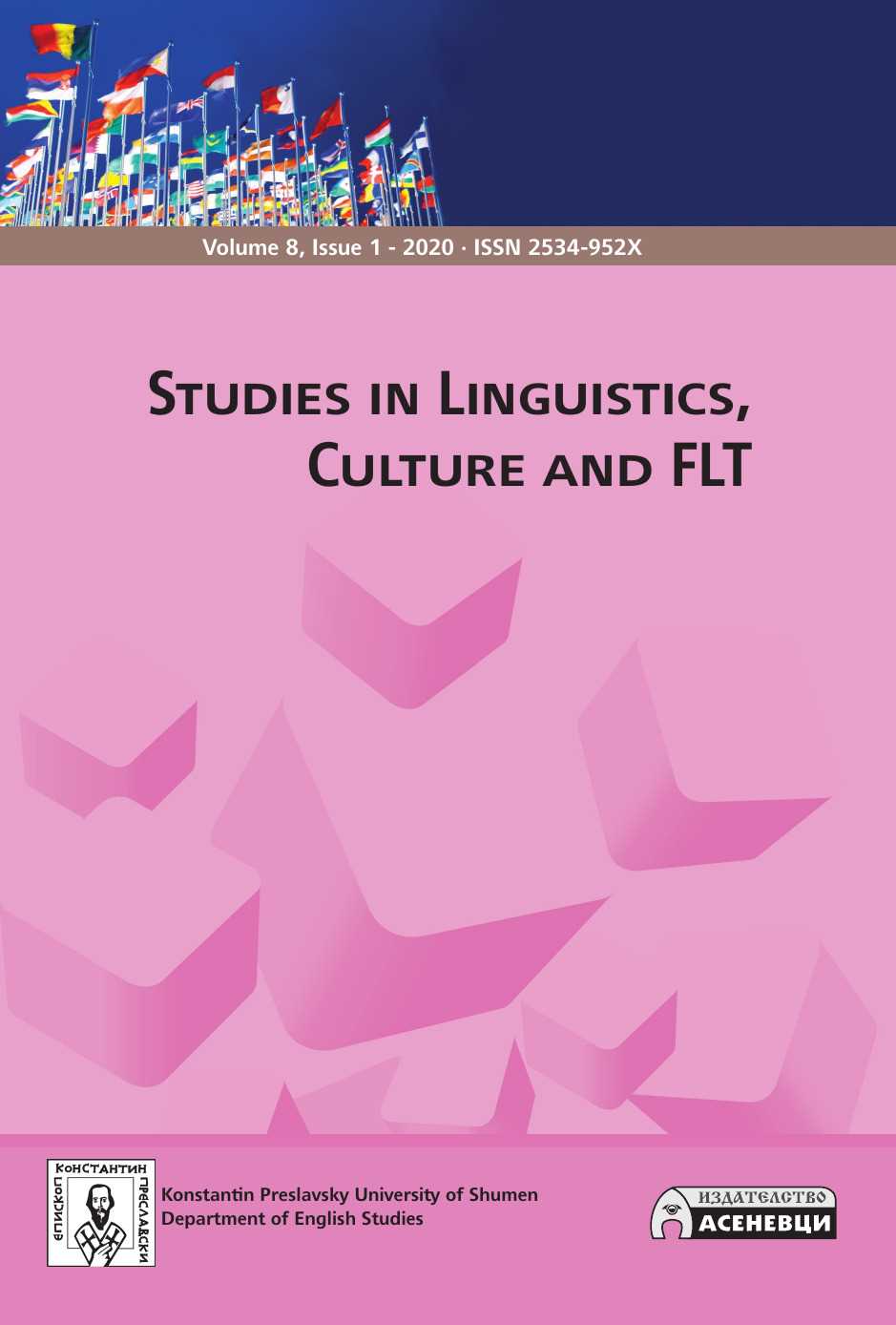
We kindly inform you that, as long as the subject affiliation of our 300.000+ articles is in progress, you might get unsufficient or no results on your third level or second level search. In this case, please broaden your search criteria.

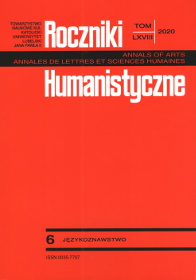
Orthodox terminology in the Polish language is a topic that is rarely addressed by linguists since it concerns a lexis that remains on the periphery of lexical resources. However, since the end of the 20th century, progress has been made. The need to organize the vocabulary and establish spelling rules is increasingly visible, since several variants of the same term appear in texts relating to Orthodoxy, e.g.: ektenia – ektenija, nabiedrennik – nabiedrenik, riza – ryza, etc. Attempts to standardize the spelling of Orthodox terminology commenced with the pioneering work published in 2016: J. Kostiuczuk, J. Tofiluk, M. Ławreszuk, W. Misijuk, J. Charkiewicz, Specyfika polskiej terminologii prawosławnej. Koncepcja normatywizacji pisowni [The Specific Nature of Polish Orthodox Terminology. A Concept of Standardizing Spelling], (Białystok). In this article, some issues associated with the function of terms borrowed from Church Slavonic in the Polish language are addressed and proposals regarding their transcription are made. These proposals are a contribution to a comprehensive elaboration of the principles of the model orthography of borrowed terms from Church Slavonic accepted in a research project conducted by a team of academics entitled Słownik polskiej terminologii prawosławnej [Dictionary of Polish Orthodox Terminology] (project number 0083/NPRH5/H11/84/2017).
More...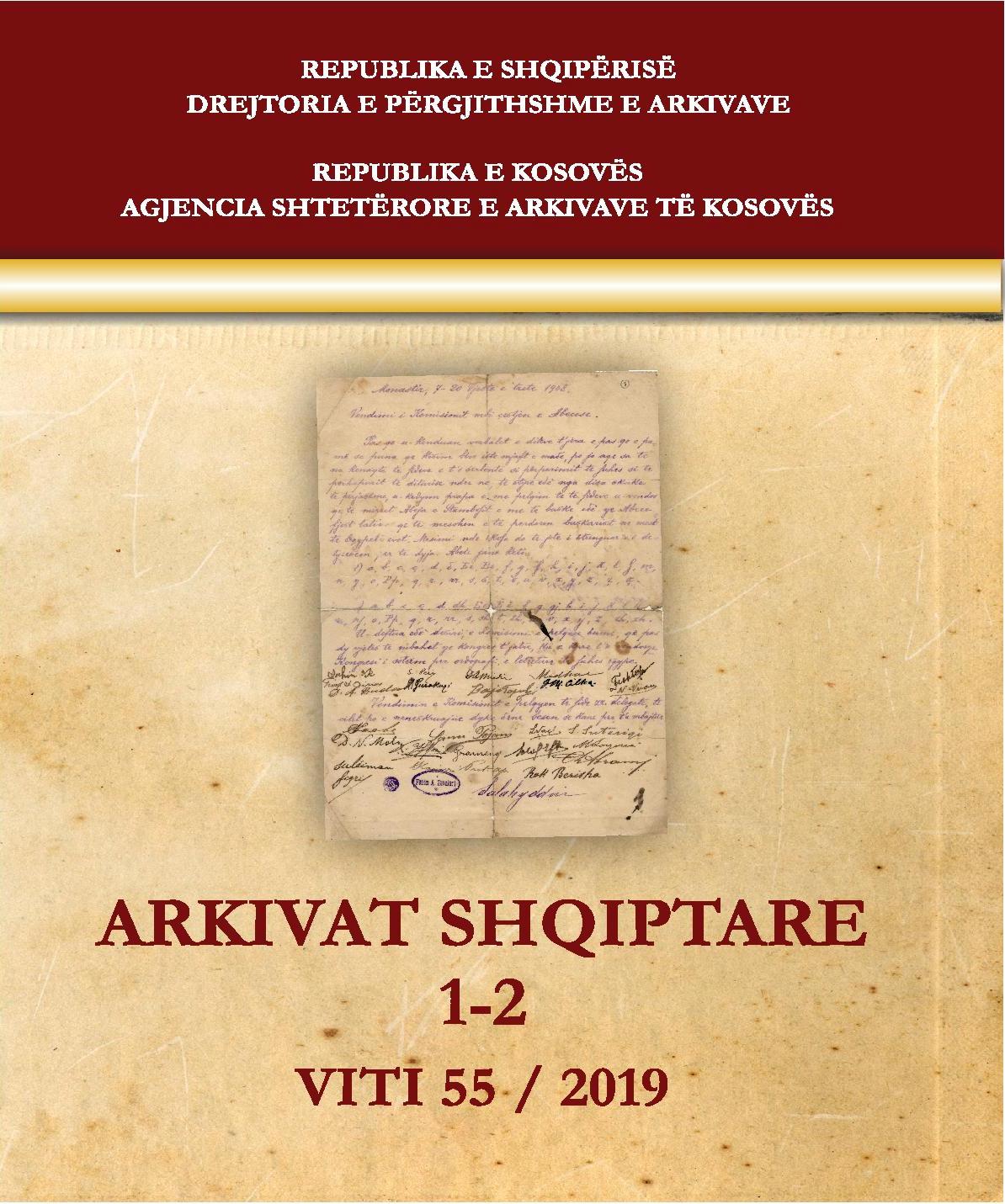
The terminological language in the archival representation process has not been studied enough in Albanian archival science. Archival representation is one of the basic processes in archival institutions. This process involves two important aspects, systematizing and documenting archival units, based on international and national archival standards.This paper deals with aspects related to the description of archival units and specifically the 128 elements of the indexing language. Indexing language is the artificial language that archivists create during the archive descriptive process creating, as a result, a controlled language. The controlled language that is produced enables access and re-functionalization of archival units. Much of the archival institutions in the country are investing in the creation of integrated systems that allow the use of archival collections in distance. This is a very good opportunity for users to put archive information systems in direct contact with users without the presence of an archivist. This new development in communicating with users brings to our attention, the particular care we need to show towards the language of the information system we plan to establish.The paper analyzes the cases found in some databases created by archival institutions and comes to concrete conclusions related to the need to standardize the index language not only for a normal access by users to archival collections, but also to enable co-operation between archives and exchange of archival information both nationally and regionally.
More...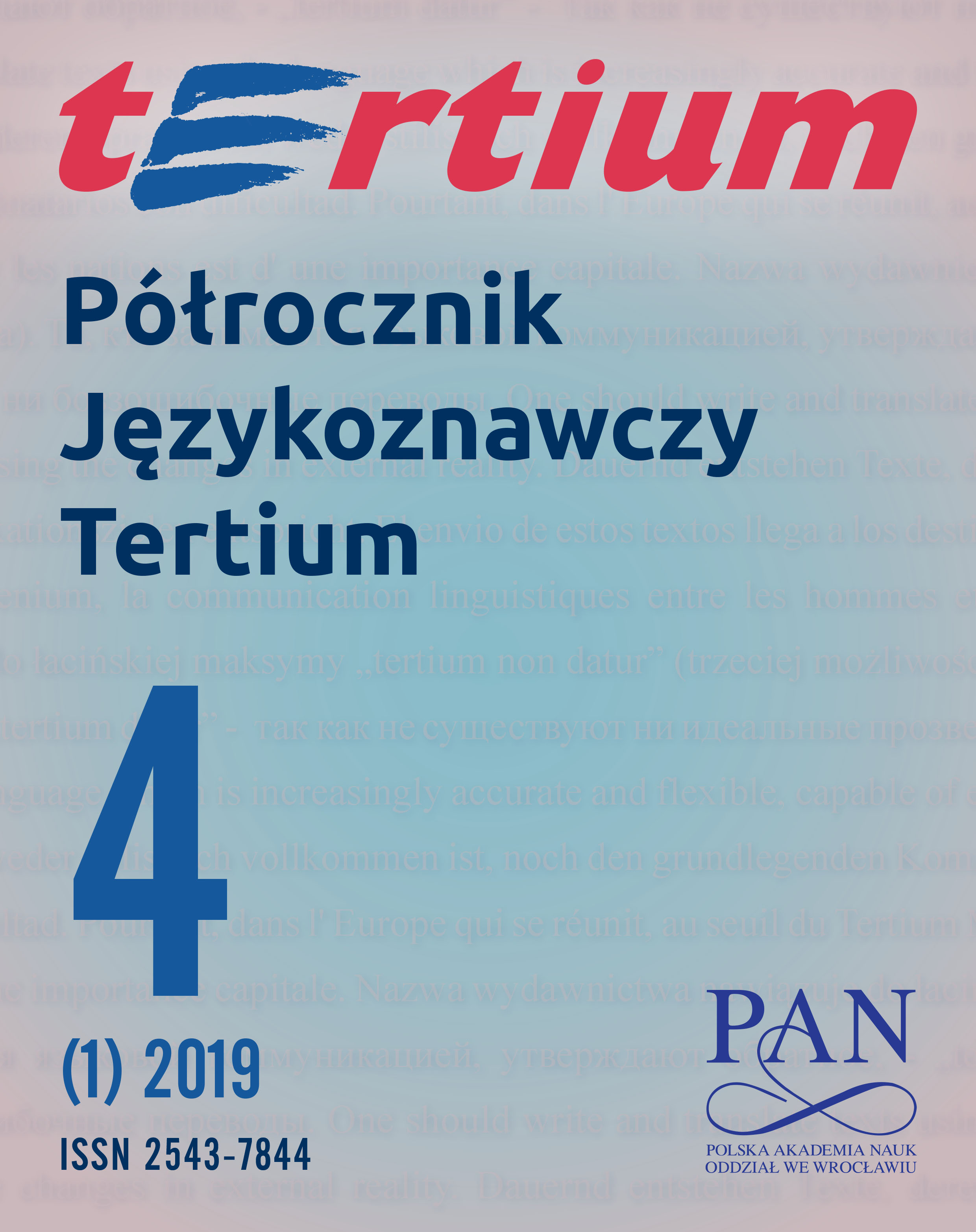
The article explores procedures used for the rendition of alliteration in the novel Pnin written by Vladimir Nabokov (1957). Two target texts will be compared. The first one is the Polish translation prepared by Anna Kołyszko (1987), the second one is the Russian version done by Sergey Ilyin (1993). The analysis of the texts will draw on research into three major thematic areas: proper names, appearance and feelings/emotions where an accumulation of alliteration is distinctly noticeable. These fields are linked by the focal character, a Russian émigré who comes to America after the Russian Revolution. His oddness and eccentricity are constantly emphasized by the unreliable narrator, whose speech abounds in alliterations. In the original this device not only reinforces the narrator’s orality but also structures the image of the focal character. In the target texts alliteration is subject to various formal modifications. In many cases it is substituted by onomatopoeias, consonances, descriptive equivalents or it is simply abandoned. As a result, the translators do not always preserve the alliterative effect (especially when it comes to proper names, feelings and emotions). Translation procedures applied by the translators allow them to achieve partial equivalence on the semantic level. Inaccuracies in this field are visible in examples referring to Pnin’s feelings and emotions in which alliterative word strings are omitted and semantically distant counterparts are used.
More...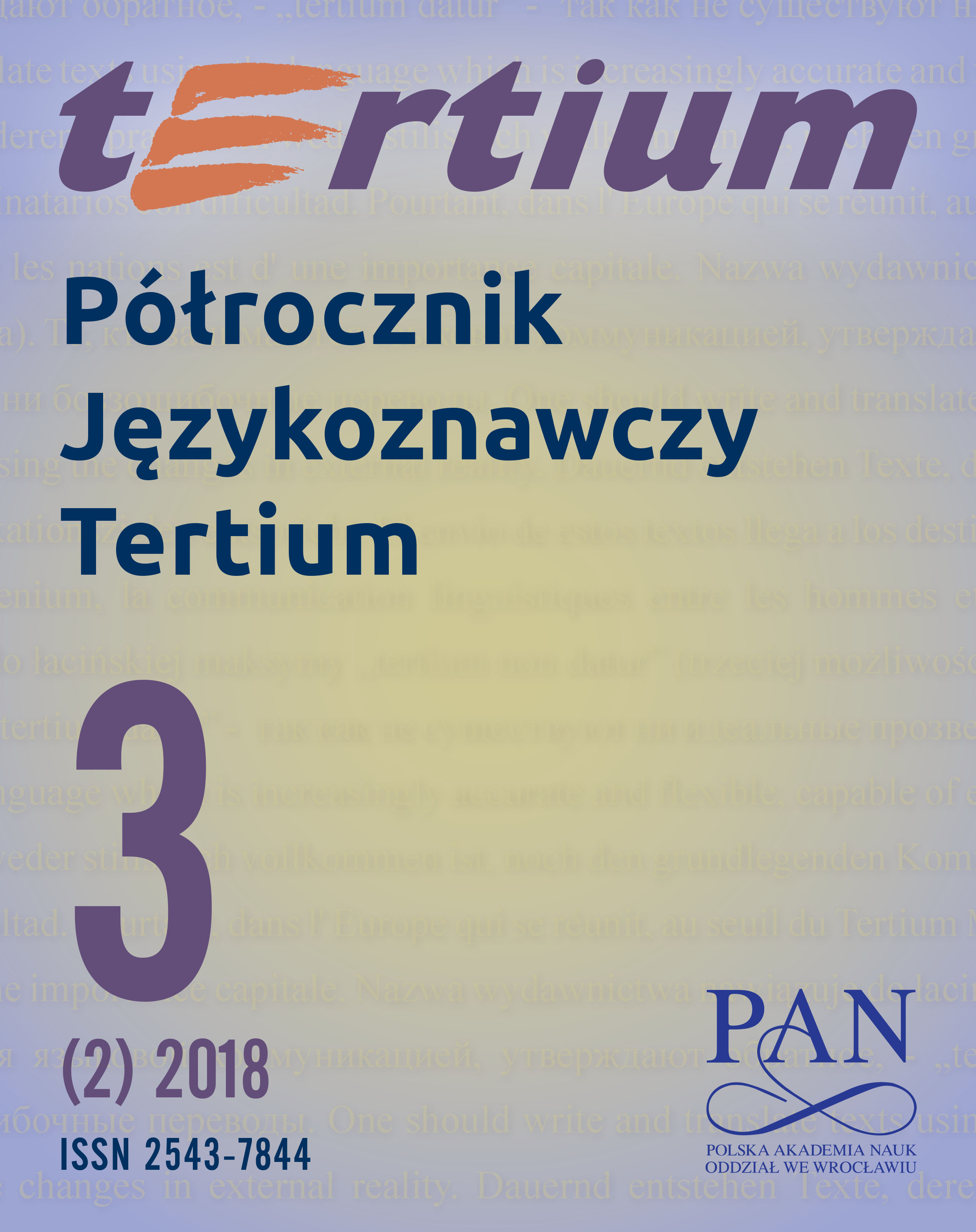
Przedmiotem niniejszego opracowania jest ustalenie i analiza językowych mechanizmów służących brandingowi, czyli tworzeniu nazw marketingowych we współczesnej chrematonimii na przykładzie polskiego nazewnictwa firmowego. Obiektem niniejszej analizy są różnego rodzaju nazwy firm. Należą do nich zarówno nazwy sklepów, salonów i hurtowni, jak również nazwy zakładów handlowych, rzemieślniczych i usługowych różnorodnych branż: budowlanej, finansowej, gastronomicznej, kosmetycznej, medycznej, motoryzacyjnej, turystycznej itd. Materiał badawczy został zebrany na podstawie Katalogu Firm Serwisu „TuWroclaw.com” dla Wrocławia. Biorąc pod uwagę sposoby tworzenia nazw firmowych w Polsce można zauważyć, że mechanizmy te reprezentują dużą otwartość słowotwórczą i wynikające z tego bardzo zróżnicowane struktury: 1) jedno- i wielowyrazowe, 2) złożone zarówno z elementów rodzimych, jak i bardzo modnych współcześnie członów obcego pochodzenia, 3) motywowane bezpośrednio, jak i w sposób pośredni lub 4) całkowicie nieczytelne pod względem słowotwórczym i semantycznym. Analiza nazw firmowych, wpisujących się w język marketingowy i związanych z intensywnym rozwojem cywilizacyjnym, pozwala zauważyć coraz silniej uwidaczniającą się tendencję do ekonomiczności języka. //The aim of this paper is to determine and analyse language mechanisms used in branding, i.e. creating marketing names in contemporary chrematonyms on the example of Polish company names. The object of the analysis are various establishment names. These include names of shops, salons and wholesale warehouses, as well as trade, craft and service industries of various sectors: construction, finance, catering, cosmetics, medical, automotive, tourism, etc. The research material was collected on the basis of the Directory of Companies for Wrocław "TuWroclaw.com". Taking into account the ways in which company names are created in Poland, it can be seen that these mechanisms represent a great openness to word formations and, as a result, a great openness to very diverse structures: 1) single- and multi-word structures, 2) structures composed of both native and (at present very fashionable) foreign elements, 3) structures motivated directly or indirectly, 4) completely illegible structures in terms of word formations and semantics. The analysis of company names which belong to the marketing language and are related to the intensive development of civilization in recent decades allows us to notice an increasingly visible tendency to economise with language.
More...
Komunikacja międzykulturowa wiąże się z działaniem na styku różnych środowisk kulturowych i komunikacyjnych. Nie inaczej rzecz ma się w przypadku kompilacji polskiego leksykonu japońskich terminów gramatycznych, który powstaje w ramach grantu NCN (OPUS 10, panel HS2, projekt numer 2015/19/B/HS2/00147) w Katedrze Orientalistyki (Wydział Neofilologii) UAM. Wyzwania, jakie stoją przed projektem, wydają się interesujące zarówno z punktu widzenia niezbędnych decyzji dotyczących wglądu w materiał języka źródłowego i doboru docelowych technik opisowych. W ramach artykułu wyzwanie to zostanie opisane w kontekście próby przedstawienia zarysu projektu odbiorcy polskiemu. //Cross-cultural communication is associated with the activity on the verge of heterogeneous communication environments. It is no different in the case of compilation of the Polish lexicon of Japanese grammatical terms, currently being edited at the Poznań Adam Mickiewicz University Chair of Oriental Studies (Faculty of Modern Languages and Literatures), as a result of the Polish National Science Centre grant (OPUS 10, panel name HS2, project number 2015/19/B/HS2/00147). The challenges related to the project may be considered interesting with regard both to the unavoidable decisions on the insight into the source code and the choice of the target description techniques. In the paper, the challenge is described in the context of presenting the outline of the project to a Polish reader of the lexicon.
More...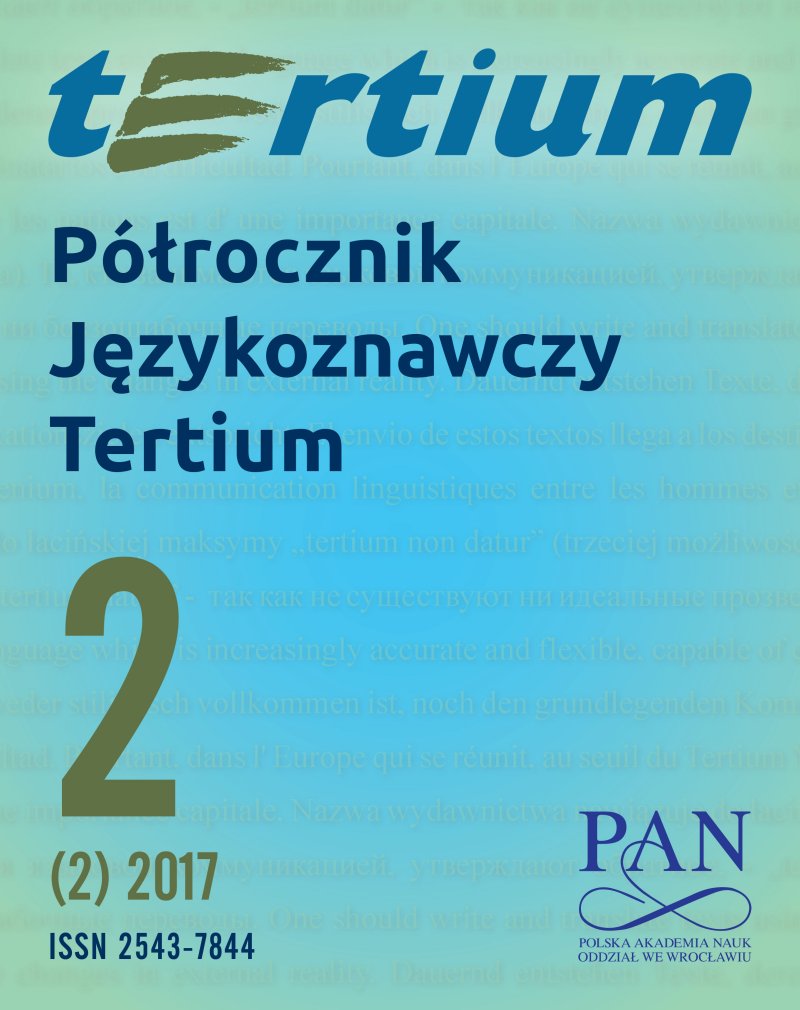
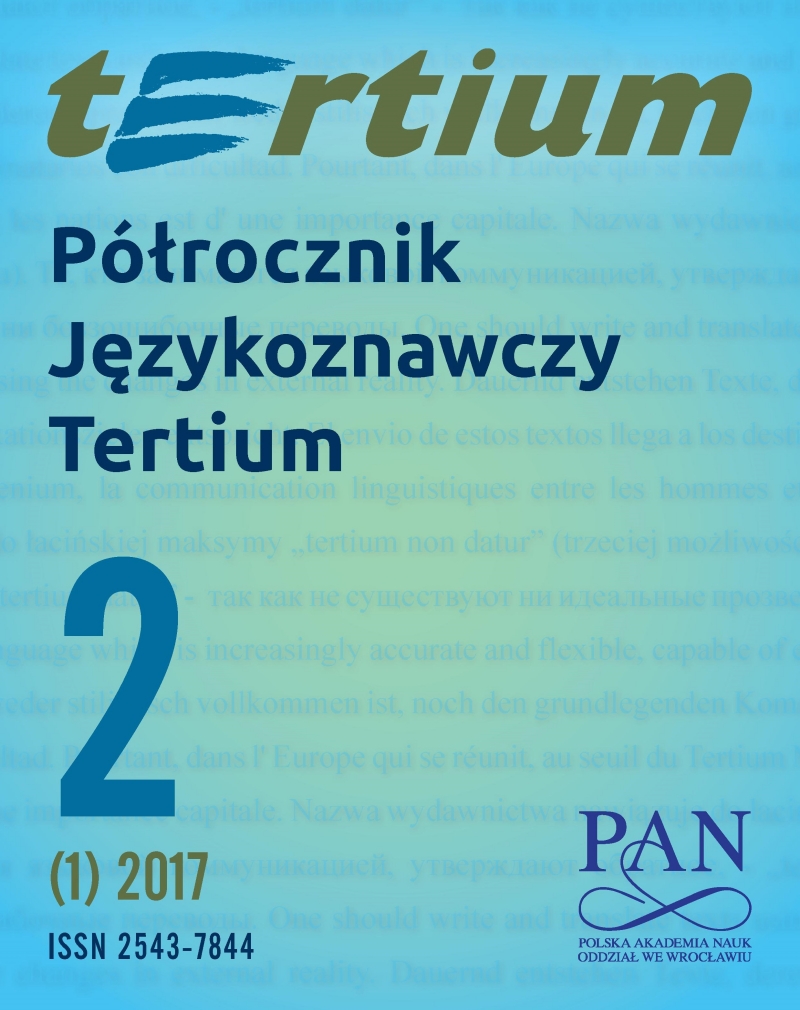
Wobec hipotezy “ucieleśnienia” (embodiment), powstaje pytanie w jakim stopniu ucieleśnienie wpływa na język, czyli jaka jest podstawa doświadczeniowa (experiential basis) w szczególności języka metaforycznego. Pytanie to pozostało dotychczas bez odpowiedzi. Podstawowym rozróżnieniem w naszej egzystencji jest podział na świat fizyczny i abstrakcyjny. Świat fizyczny to świat przedmiotów. Analiza pojęć abstrakcyjnych (w tym artykule to MYŚL) pokazuje, że ostateczną, pierwotną podstawą doświadczeniową (domeną źródłową) metaforyzacji jest świat przedmiotów fizycznych (myśli można mieć, pozbierać, rzucić, podsunąć, myśl może się rodzić, może kogoś uderzyć, porazić, strzelić do głowy, nasuwać się, przebiegać przez głowę, z myślami można się bić, itd.). Podział na świat przedmiotów fizycznych i bytów abstrakcyjnych jest podstawą nowej typologii metafor opartej na hipotezie, że schemat przedmiotu jest pierwotną i ostateczną domeną źródłową (podstawą doświadczeniową) nie podlegającą dalszej metaforyzacji. Taka teza pozwala także na przedstawienie pewnych sugestii filogenetycznych odnoszących się do myślenia abstrakcyjnego w ogóle. // In view of the embodiment hypothesis, a question arises as to what degree embodiment influences language, that is, what is the experiential basis of metaphorical language. This question has so far remained unresolved. A fundamental distinction in our existence is the division into the physical and abstract worlds. The physical world is the world of physical objects. An analysis of abstract concepts (it is THOUGHT in the present paper) shows that the ultimate, primeval experiential basis (source domain) is the world of physical objects. The distinction between the worlds of physical objects and abstract entities is the basis of a new typology of metaphors based on the hypothesis that the object schema is the primeval and ultimate source domain (experiential basis), not subject to any further metaphorization. Such a thesis allows also to formulate suggestions as to the development of the abstract thinking in general.
More...
The online community of science fiction and fantasy fans constitutes a rich source of material for analysing reader response to translations as its members often reflect not only on the books they read but also on the quality of their translations. The Polish translations of Terry Pratchett’s The Wee Free Men are a good example of translations which evoked ample response online, with criticism focusing on the reasons for initially not employing the usual translator of the Discworld series, the treatment of names and dialect in the translation, and the issues connected with defining the target reader of the text and adjusting the text to their needs. The analysis of online reactions shows that translation solutions are considered problematic by readers especially when the reasons behind them are not clear.
More...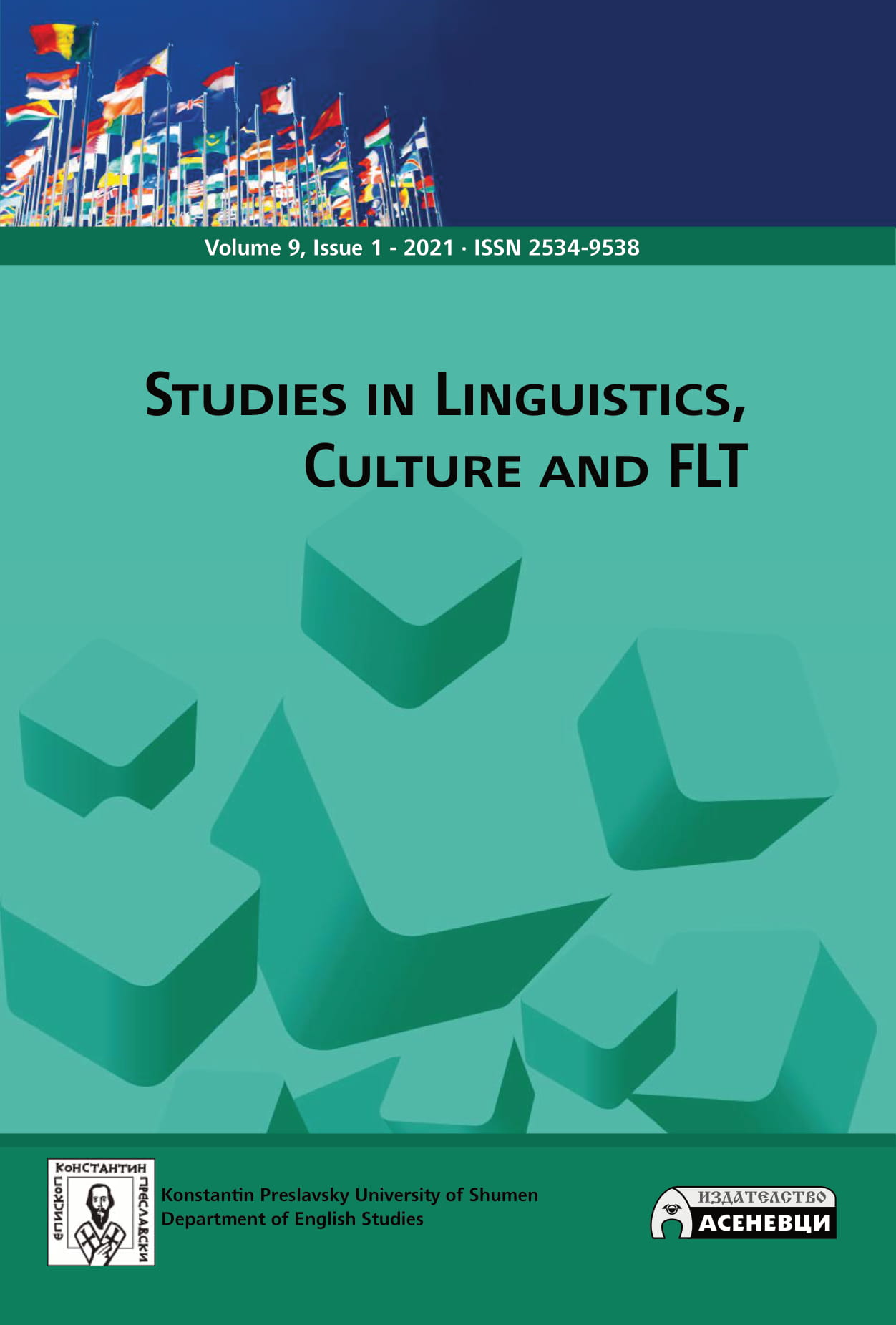
Using a comparative approach and utilising a slightly refined version of a framework for discourse representation analysis used by Norman Fairclough, the article aims to study the discourse representations of the public inquiry of the Grenfell Tower Fire and a press conference of the railway carrier Bulmarket concerning the Hitrino train derailment and subsequent fiery explosion by the British and the Bulgarian media respectively, with the intent of identifying the extent of deviation from the original sources in the reporting texts and the use of devices for controlling the reader’s perception of the reported discourses. The research shows that the Bulgarian newspapers have adopted to a higher degree the position of interpreters between their readers and the reported sources, since they are less committed to represent the exact form of secondary discourse, even when demarcated as a verbatim quotation and tend to shape its perception by contextualising it within stylistic devices, which allow them to predispose its interpretation by their readers. However, even the British media commitment is not absolute in this respect, as instances of distortions of the secondary discourse and transmissions of the authority of the quoted sources in their texts are also observed, even though to a lesser extent.
More...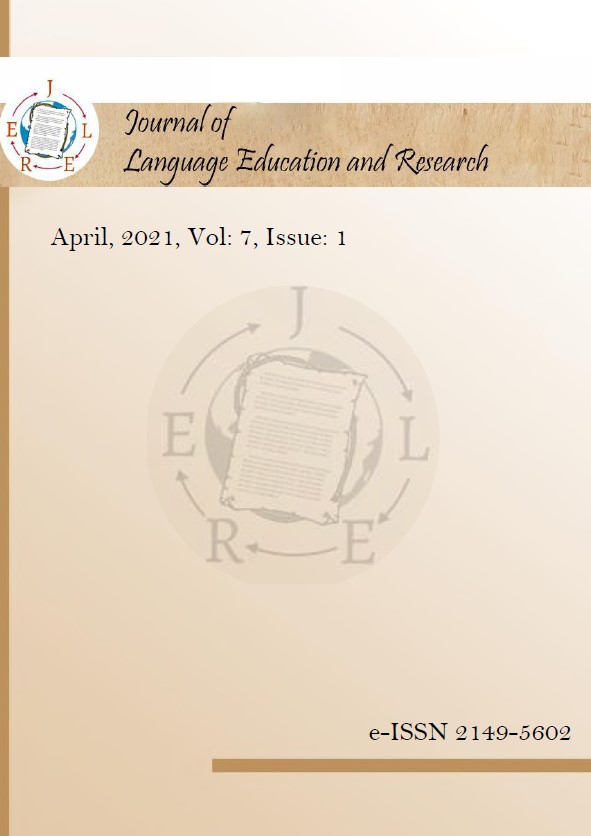
From a lexicography perspective, the phenomenon of dictionary lookup frequencies can answer many critical questions on the dictionary users’ needs and the relationship between corpus data and look-up tendencies. Although numerous studies have been carried out on the theoretical and functional aspects of look-up frequencies in the field of spoken language to date, there are relatively a few attempts to describe the characteristics of look-up behaviors in sign languages. This paper investigates the relationship between the objective frequency list of the Turkish Sign Language Corpus (Makaroğlu, 2021) and The Contemporary Turkish Sign Language Dictionary (Makaroğlu & Dikyuva, 2017) look-up occurrences. Using an approach to compare corpus data and log files, the results demonstrate that there are very limited similarities between the two and that there is no positive relationship for the percentage of the highest ranked items. In addition, the current study concludes that the corpus-based objective frequency list is a comparatively poor predictor of the dictionary look-up frequency and this difference could be direct result of the morphological structure of the words/signs in TİD (rather simultaneous realization) compared to Turkish (rather agglutinative morphology).
More...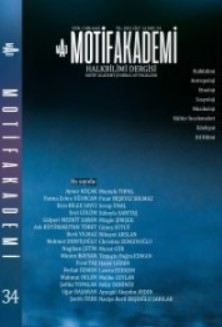
Recognizing objects and naming them with the aim of making them known are verbal tools used by people for various purposes since the earliest times. Human beings, who are not afraid of the objects that have become known through naming, have given a name to every living and non-living being around them and thus made them "one of them". In this context, the naming of weapons is a meaningful expression for human beings not to be afraid of this deadly equipment and to establish a close bond between them. Onomastic, a science that examines the names placed on objects, focused on the adventure of words, examined the changes they had undergone, and evaluated names as a cultural phenomenon. In the article discussed, the names of weapons, ammunition and equipment in the inventory of the Turkish Defense Industry were subjected to an onomastic evaluation, and the analogical relation of the mythological elements to which they belong, heroes, supernatural aids and the products of the sky were tried to be revealed. For this purpose, the current product catalog published by the Turkish Defense Industry has been examined, mythological and epic names and the names of Turkish elders who have lived or presumed to have lived in history were compiled and evaluated under titles within the framework mentioned.
More...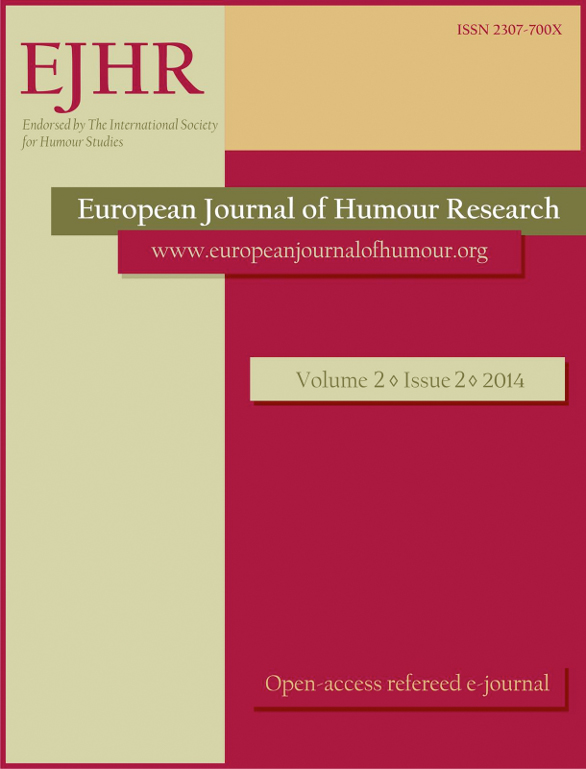
This paper gives a definition and historical background of the Tom Swifty , addresses different types of punning employed in Tom Swifties, and discusses topics emerging in them. It also treats the occurrence of proverbs, proverbial phrases, idioms, and aphorisms in Tom Swifties. What is typical for Tom Swifty? It might be consid ered the twentieth century development of the form of folklore called wellerism. Tom Swifty is a wellerism conventionally based on the punning relationship between the way an adverb describes a speaker and simultaneously refers to the meaning of the speake r’s statement. The speaker is traditionally Tom, his statement is usually placed at the beginning of the Tom Swifty, and the adverb at the end of it, e.g. “I see,” said Tom icily (icily vs. I see).
More...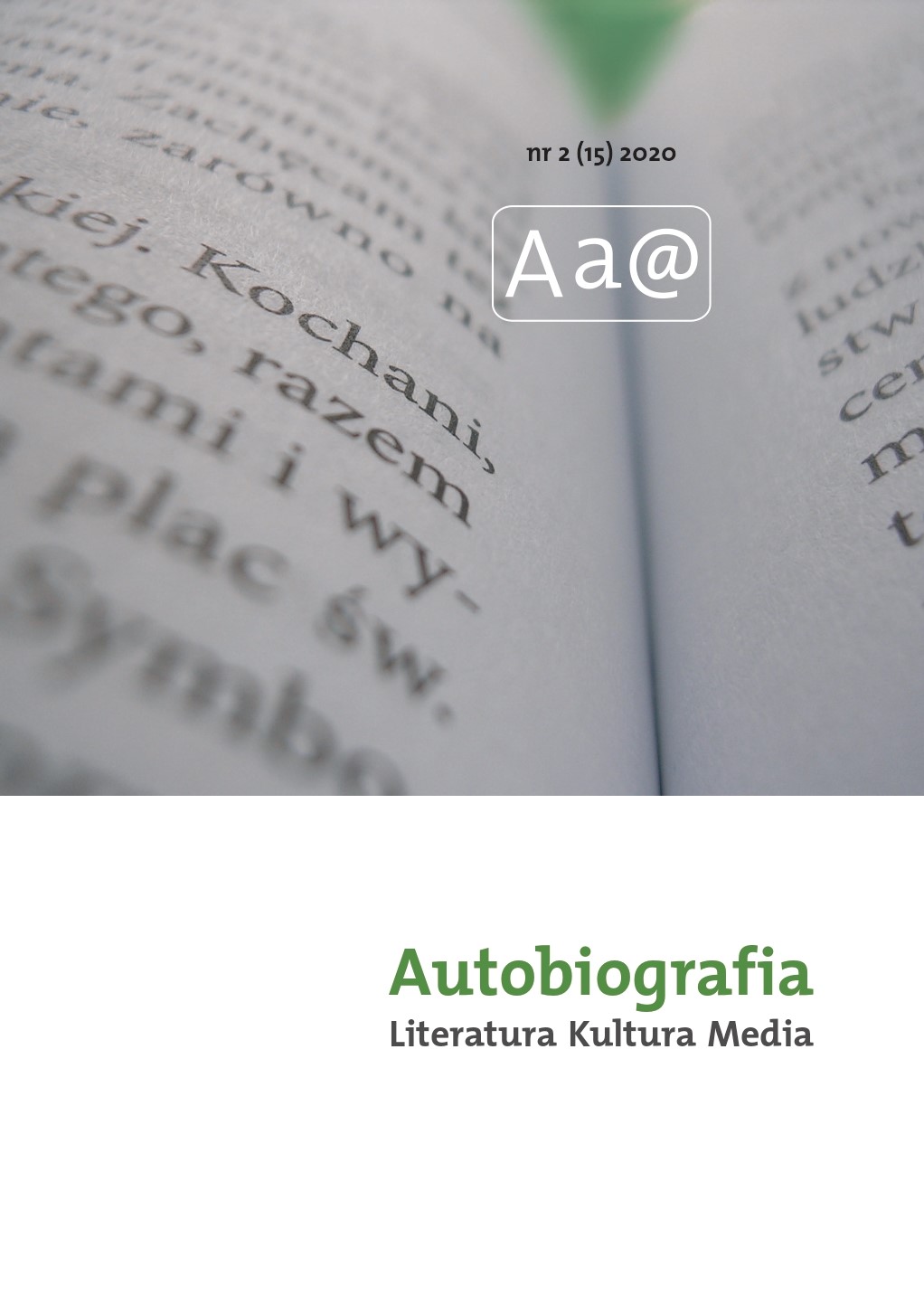
The objective of the present paper is to introduce a new analytical category for collections of autobiographical narratives, termed as “co-authorship in the background” (in Sylwester Dworacki’s translation: participatio cogitanda). A certain autobiographical utterance placed in a collection often gains characteristics which might not be considered primary (or could go unnoticed altogether) if it was a single, individual text. Therefore, it seems necessary to include in the process of analysis and interpretation all those who contributed to the collection’s meaning; among them, editors and political or religious decision-makers. Co-authorship in the background thus concerns two dimensions: an editorial board and a body of principals. The paper presents different possible roles played by co-authors in the background, drawing on the examples from German and Polish collections of autobiographical narrations.
More...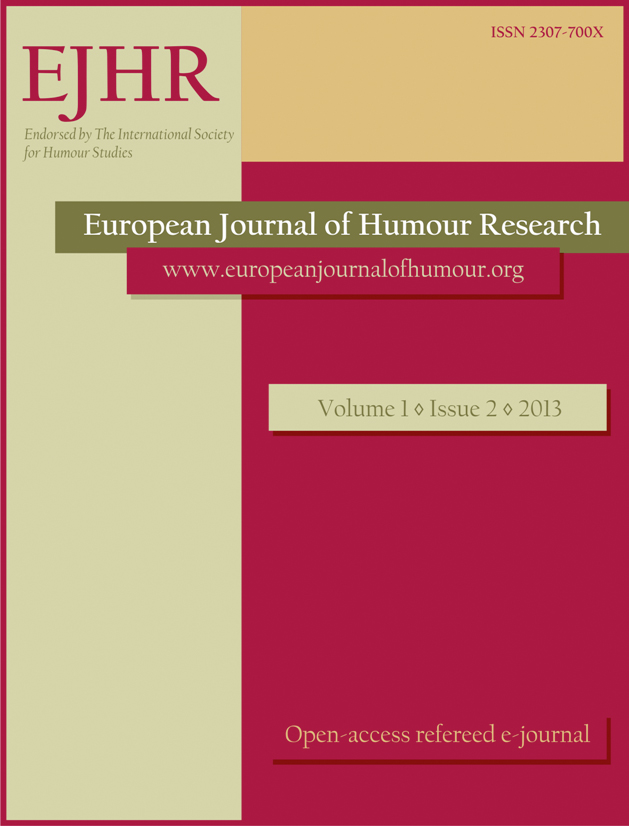
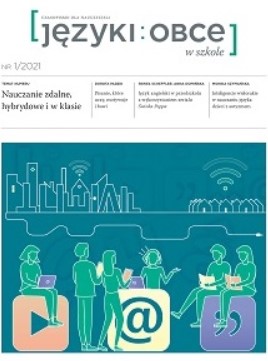
Polski język migowy należy do języków wizualno-przestrzennych i jest naturalnym językiem komunikacji społeczności g/Głuchych w Polsce. Oparty jest na jednoręcznym alfabecie starofrancuskiego języka migowego. Istotne jego elementy, umożliwiające prawidłowy przekaz oraz zrozumienie wypowiedzi, to mimika, mlaski i przestrzeń. Dlatego też uczący się PJM powinni je poznać podczas początkowych zajęć.
More...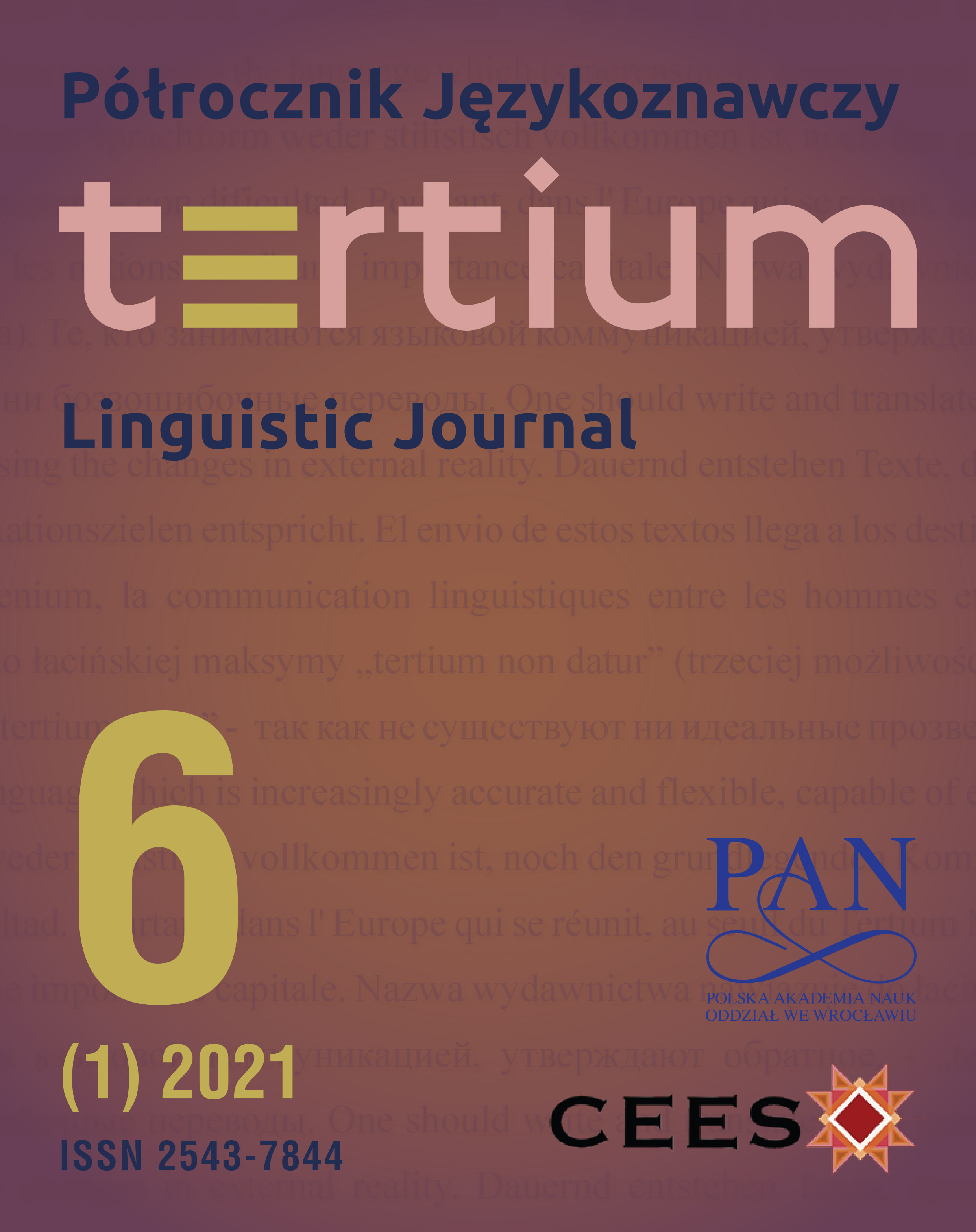
Przedmiotem artykułu jest studium synergii epistemologicznej w domenie semiotyki znaku językowego na przykładzie niektórych aspektów semiotycznego wymiaru dzieła językoznawców, często przesłanianego przez ich bardziej spektakularne teorie językoznawstwa formalnego. Badanie wpisuje się w kanon semiotyki językoznawczej, rozwijany od wielu lat w pracach Zdzisława Wąsika (np. 1996, 2017). Do bazy analitycznej wybrałam omówienia dwojakiego rodzaju: zarówno przykłady dzieł językoznawców mniej popularnych wśród polskojęzycznej akademii (na przykład Yishai Tobin, Julia Kristeva), jak i przykłady myśli naukowców bardzo znanych, ale rozważanych z nietypowej perspektywy ich mniej cytowanych dzieł (Ferdynand de Saussure (1878-79), Charles Morris czy Roman Jakobson (1973). Główną tezę artykułu ‒ synergię epistemologiczną ‒ rozumiem jako uwypuklenie sposobu, w jaki badania prowadzone w jednej dziedzinie wspierały rozwój pokrewnych paradygmatów. // The subject of the article is a study of epistemological synergy in the realm of the semiotics of a linguistic sign as exemplified by selected aspects of semiotic dimension of the work of linguists, which tends to be foreshadowed by their more spectacular achievements in formal linguistics. The study fits in the canon of linguistic semiotics, developed for many years in the research of Zdzisław Wąsik (e.g. 1996, 2017). The paper contains two types of research avenues: on the one hand, the study of some aspects of the work of linguists who are less popular among Polishlanguage scholars (for example, Yishai Tobin, Julia Kristeva) and, on the other, thoughts of well-known scholars, but considered here from an unusual perspective of their less cited works (Ferdinand de Saussure (1878-79) or Roman Jakobson (1973)). Epistemological synergy, the analytical pivot for the presented discussion is understood as the way in which research conducted in one field can foster the development of related paradigms.
More...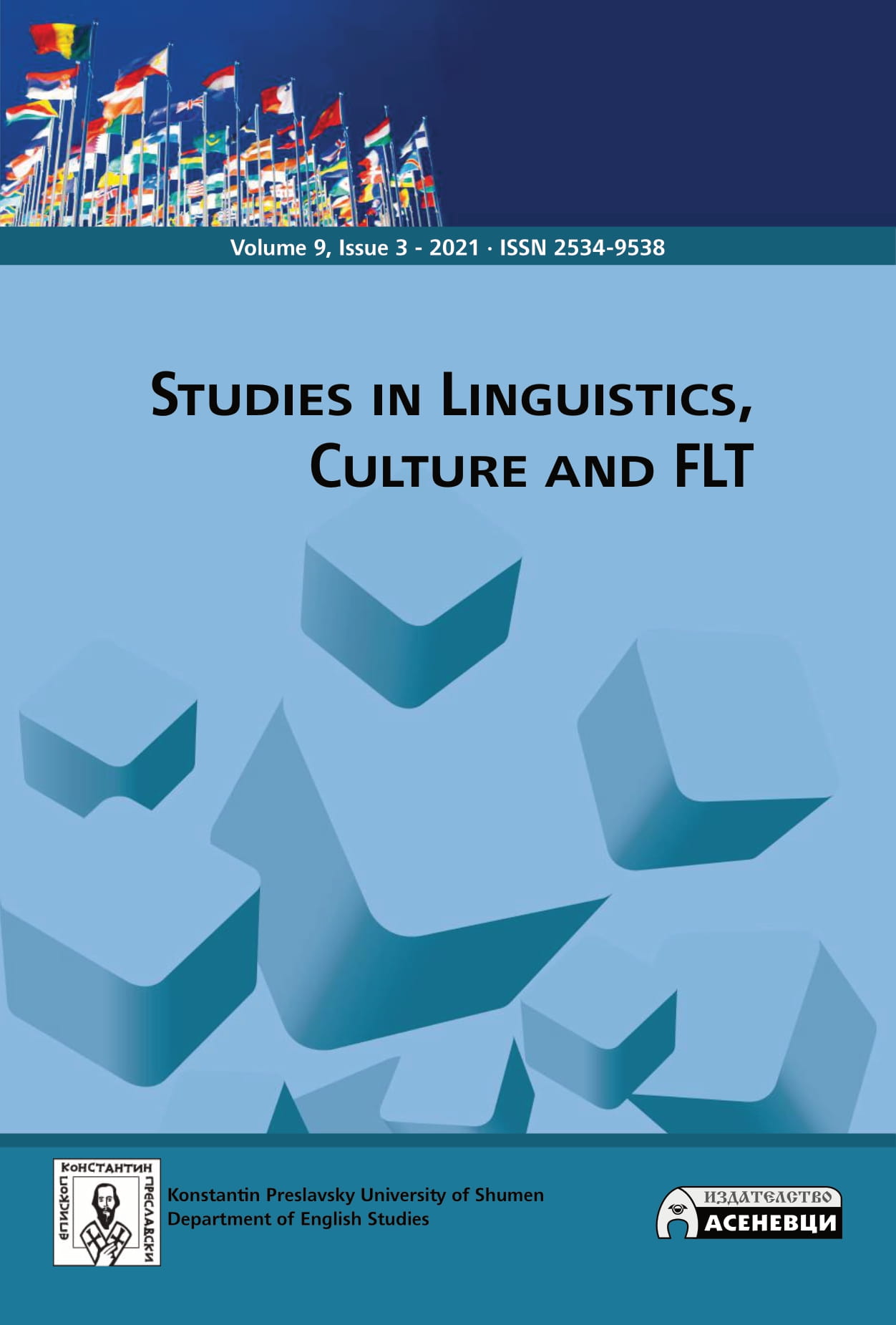
L2 Englishes are quintessentially characterized by cross-linguistic influence at all levels of linguistic analysis as a result of contact phenomena. This study examines the contribution of the syntax of a Ugandan indigenous language (Acholi) to how its L1 speakers speak English and the extent of variability observed among them, taking into account two grammatical aspects, i.e. how multiple attributive adjectives are sequenced in a noun phrase and the placement of adverbs in a sentence. The findings of the study show notable differences from L1 English (e.g. Standard British English), as L1 Acholi speakers of English do not necessarily pay attention to the prescribed L1 English order of adjectives. At the same time, the position of adverbs in a sentence also seems to be modeled, to some extent, on what takes place in Acholi syntax insofar as some legitimate L1 English structures are rejected by L1 Acholi speakers of English (as L2). Crucially, the study also reveals interspeaker variability among L1 Acholi speakers of English in Uganda based on occupation, with students being the closest to L1 English norms (as opposed to teachers and the business community), most likely due to exonormative orientation imposed on students in Ugandan schools.
More...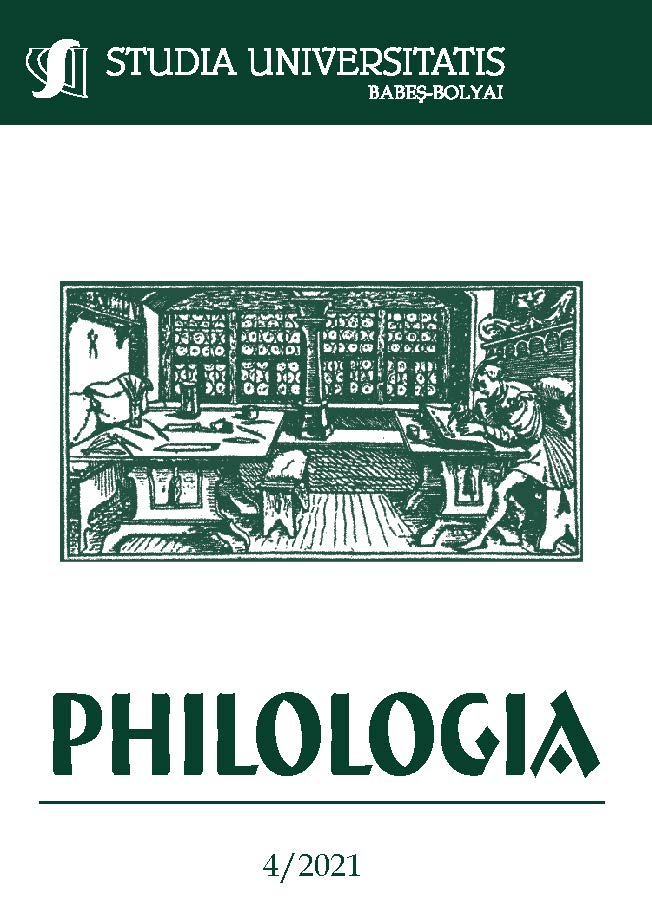
The Role of Myths in Japanese Calligraphy’s Interpretative Process. This article illustrates the role of myths in the interpretative process of calligraphic works. Being considerably different from Western calligraphy, Japanese calligraphy (shodō) may seem at times visually similar to abstract art. However, calligraphic works – and shodō as art – are rich in meaning and abundant of myths. Focusing on both linguistic and visual elements of calligraphy, the article depicts how myths can be identified in a calligraphic work and how they provide a better understanding of the particularities of shodō. In order to illustrate how myths uncover new layers of meaning, the article incorporates an analysis of a calligraphic work created by Rodica Frențiu, underlining the process of accessing the transcendent meaning.
More...
Over the past decade, the influence of translations of EUR-Lex legal douments on the original and translated Lithuanian administrative legal language had an impact on the decision of linguists and translation researchers to study the changing administrative Lithuanian language. The research object of this article is relative clauses which are specific to the French legal texts and which complement the subject content of the main sentence. In this article, the author examines the content of the above-mentioned relative clauses from the point of view of French interpretive translation theory and methodology. The author has an aim to identify the peculiarities of the use of relative clauses in French version of the opinions of the Advocate General of the Court of Justice of the European Union, and to describe translation solutions of the relative clauses into Lithuanian as well as genre characteristics of the translated texts. The study of the Advocate General’s opinions in the multilingual database of EUR-Lex documents reveals frequency of the relative clauses and peculiarities of their linking to the main sentence in the French legal texts. The results of the research reveal the new tendencies of the use of relative clauses in the administrative language different from those described in the scientific literature. The research of the translation of these sentences into Lithuanian indicated the frequency of translation solutions, the differential features of the translated legal language and the importance of translator's cognitive experience in the interpretation process of the content.
More...